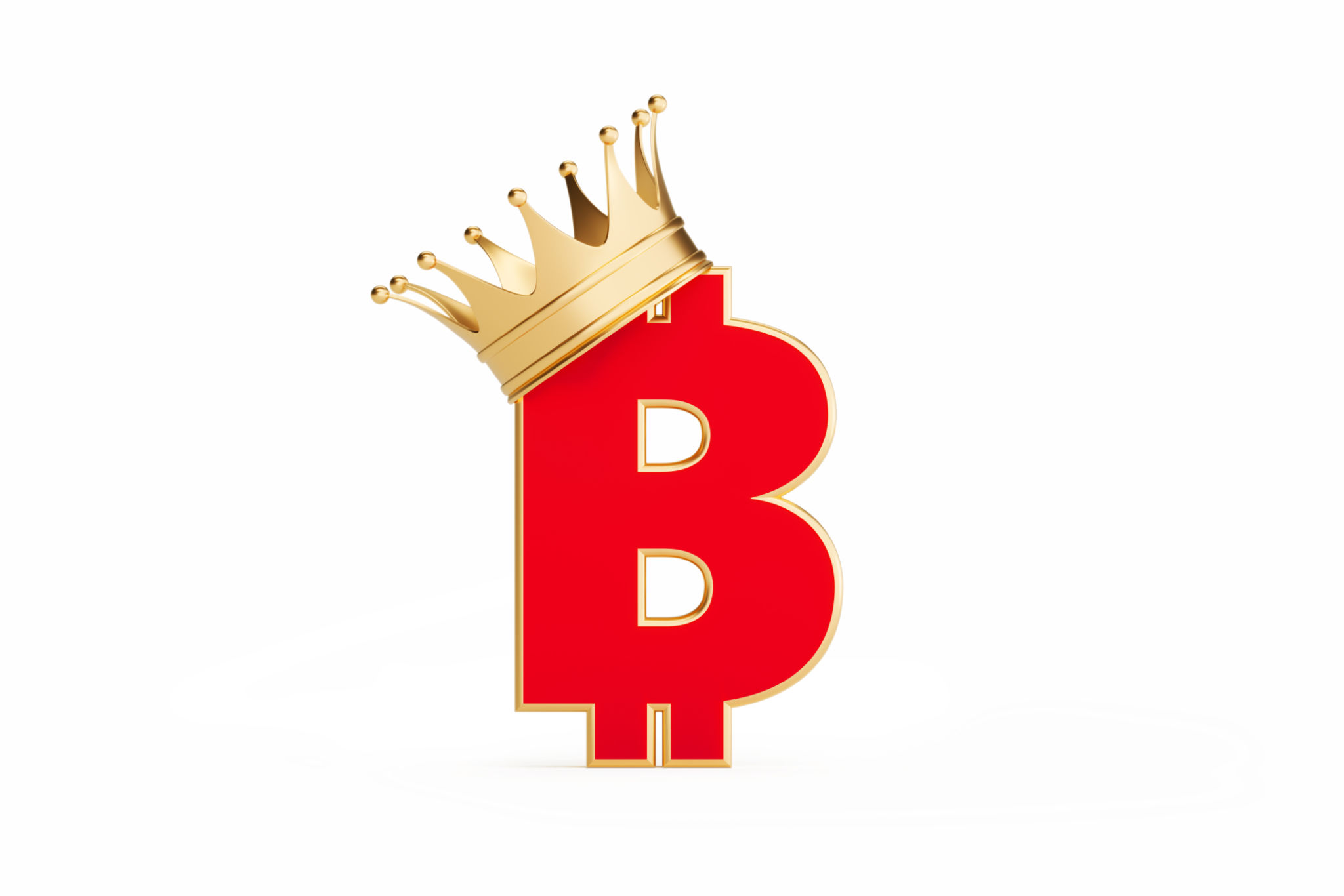The Challenges of Crypto: Mining, Investing, and Cashing Out
The Challenges of Crypto: Mining, Investing, and Cashing Out

Cryptocurrency has revolutionized the way we think about money, but it’s no walk in the park. Whether you’re a tech-savvy miner racking up electricity bills or an investor trying to cash out big winnings, the crypto journey is littered with hidden costs and logistical hurdles. Let’s dive into the nitty-gritty of mining expenses, buying crypto with a credit card, and the challenges of cashing out your crypto stash.
The Cost of Mining: Who’s Really Paying?
Mining cryptocurrency isn’t as “cryptic” as it sounds—it’s an energy-intensive process that uses computing power to validate transactions on the blockchain. For those with access to “free” electricity (think dorm rooms, libraries, or public buildings), the temptation to mine is high. But the costs can add up quickly if you’re paying for your power.

Examples of Mining Costs
1. Dorm Room Mining: Imagine running a mid-tier mining rig (e.g., NVIDIA GeForce RTX 3080) in your dorm room. Such a setup can consume around 350 watts per hour.
Monthly cost (dorm electricity): $0 (you’re exploiting “free” electricity).
Monthly cost (your own home, average rate of $0.15/kWh):
$0.35/hour x 24 hours x 30 days = $126/month.
Add cooling costs to prevent overheating, and the number can climb even higher.
2. Library or Shared Resources: If you’re mining in a public space like a library, you’re likely bypassing securities. Sure, you’re not paying the electricity bill, but this creates ethical concerns and risks discovery.
3. Home Mining: Industrial miners spend thousands of dollars per month on electricity. Mining rigs operating 24/7 with multiple GPUs can cost $500-$1,000 monthly in electricity alone.
Buying Crypto with a Credit Card: The Unseen Costs
Buying crypto with a credit card seems convenient, but it comes with its own set of challenges. On the surface, it may feel like a shortcut to avoid the complexity of mining. However, using a credit card removes much of the “cryptic” nature of crypto, tying your identity and bank account directly to your purchase.
Pros of Credit Card Purchases
Convenience: It’s fast and accessible, with platforms like Coinbase allowing you to buy crypto in minutes.
No Technical Knowledge Needed: Unlike mining, you don’t need hardware or an understanding of blockchain.
Cons of Credit Card Purchases
1. Fees: Credit card purchases can incur fees of 3%-5% per transaction. For example, buying $1,000 worth of crypto might cost you an additional $30-$50 upfront.
2. Interest: If you don’t pay off your credit card balance immediately, you’re hit with high interest rates, which can eat into your profits.
3. Privacy Issues: Credit card transactions are not as private as traditional crypto transactions, which could undermine the decentralized ethos of cryptocurrency.
Cashing Out: $1,000 a Day Isn’t as Easy as It Sounds

Let’s say you’ve hit it big with a meme coin, and your crypto is now worth $1 million. You’re ready to cash out—but the reality isn’t as simple as transferring the funds to your bank account.
Gas Fees and Transaction Costs
Crypto transactions come with fees that vary based on the blockchain and the size of your transaction.
Ethereum Network Gas Fees: At peak times, Ethereum transaction fees can reach $50-$100 or more per withdrawal.
Bitcoin Network Fees: Typically around $5-$20 per transaction, but they can spike depending on network congestion.
Exchange Fees: Platforms like Binance or Coinbase charge 1%-2% per transaction. Withdrawing $1,000 could cost you $10-$20 just in platform fees.

Taxes on Withdrawals
In the U.S., crypto withdrawals are subject to capital gains tax:
1. Short-term Gains: If you held the asset for less than a year, you’re taxed at your ordinary income rate (up to 37%).
2. Long-term Gains: For holdings over a year, you’re taxed at 15%-20%.
Example: If you withdraw $1,000 daily, here’s what it might look like:
$1,000/day withdrawal.
$50 in gas and exchange fees.
20% tax on $1,000 = $200.
Net daily income: $750.
Suddenly, living on $1,000 a day doesn’t sound so luxurious when fees and taxes chip away at your earnings.
Strategies to Minimize Costs
1. Optimize Withdrawals: Instead of withdrawing daily, save up and make larger withdrawals less frequently to reduce fees.
2. Choose Low-Fee Networks: Cryptocurrencies like Solana or Cardano have lower transaction costs compared to Ethereum or Bitcoin.
3. Plan for Taxes: Set aside a portion of every withdrawal for taxes to avoid surprises when filing with the IRS.
The Bottom Line
Crypto is a double-edged sword. For miners, the costs of electricity and equipment can erode profits, especially if you’re not operating ethically. For buyers, credit card fees and privacy concerns complicate the process. And for those lucky enough to cash out big, the challenges of liquidity, fees, and taxes remind us that crypto wealth isn’t as straightforward as it seems.
Living off $1,000 a day might sound like the dream, but with gas fees, exchange costs, and Uncle Sam taking a cut, it quickly becomes a balancing act. Whether you’re mining or investing, the key to success in crypto lies in strategy, foresight, and understanding the hidden costs. As with any investment, the devil is in the details—and in crypto, those details are anything but cryptic.
